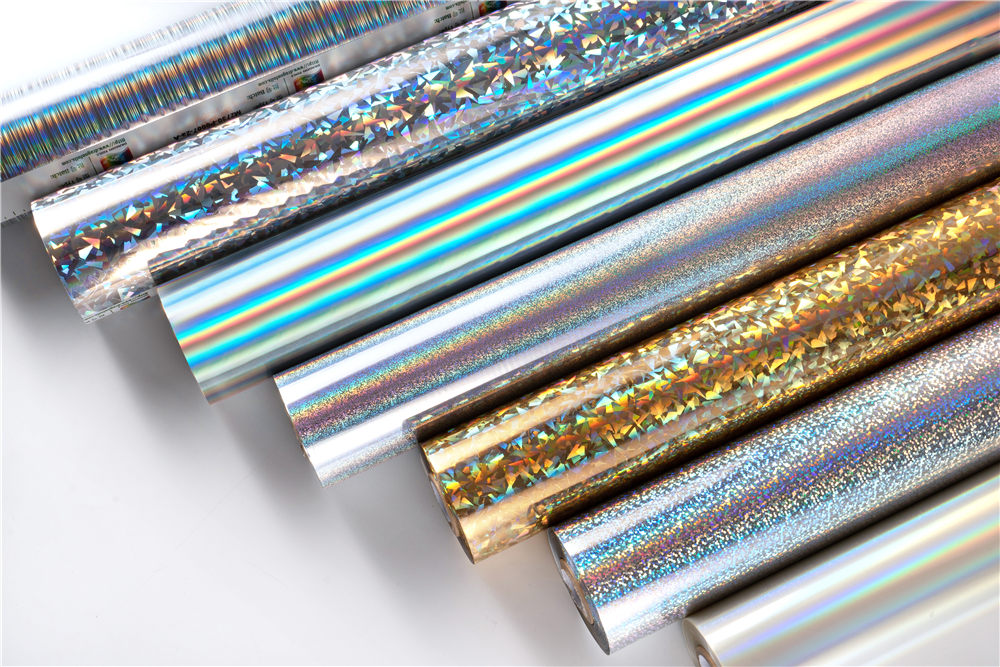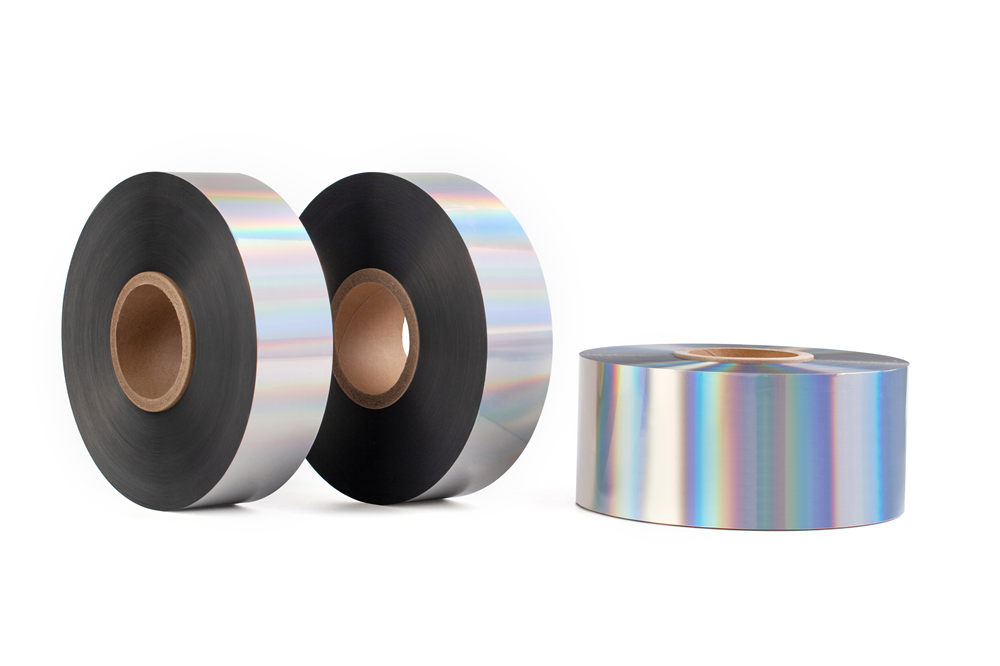Holographic Foil for 3D Packaging Design
In the competitive world of product marketing and branding, visual packaging design plays a crucial role in capturing consumer attention. One of the most innovative and eye-catching materials in modern packaging is holographic foil. Known for its shimmering, multi-dimensional effects, holographic foil has become a game-changer in 3D packaging design, offering both aesthetic and functional benefits. It enhances brand identity, increases shelf appeal, and provides a sense of premium quality across various industries.
What is Holographic Foil?
Holographic foil is a special type of packaging material that reflects light to produce a rainbow-like, three-dimensional visual effect. It is created using a combination of micro-embossing techniques and metallic layers that diffract light into multiple colors. This dynamic visual property makes it ideal for luxury packaging, cosmetic packaging, retail product displays, and limited-edition branding.
Unlike standard metallic foils, holographic foils can incorporate custom patterns, logos, and textures to suit specific branding needs. They are often used in foil stamping, lamination, or heat transfer printing to create standout packaging that appeals to modern consumers.
Holographic Hot Stamping Foils
Holographic Foil in 3D Packaging Design
The integration of holographic foil in 3D packaging adds depth, motion, and dimension, transforming ordinary packaging into a captivating visual experience. Here's why it's gaining massive traction:
1. Enhanced Shelf Appeal
In retail environments, consumers are bombarded with hundreds of product choices. 3D holographic packaging immediately draws the eye with its vivid, shifting colors and reflective surfaces. It increases point-of-sale impact, encourages impulse buying, and enhances product visibility in crowded displays.
2. Perceived Value and Luxury
Holographic foil instantly conveys a sense of luxury and exclusivity. Brands use it to elevate the perceived value of their products, especially in markets such as beauty and cosmetics, perfume packaging, tech gadgets, and special edition product lines. The shimmering, multi-layered visual cues suggest that the item inside is high-end and desirable.
3. Customization and Branding
Advanced holographic foil technology allows for custom designs, including logo embossing, pattern layering, and textured finishes. This level of customization is key for brand differentiation. A memorable packaging experience not only boosts brand recognition but also enhances consumer loyalty.
4. Security and Anti-Counterfeiting
Beyond aesthetics, holographic foil offers a layer of security and authenticity. Many brands, especially in the pharmaceutical, electronics, and luxury goods sectors, incorporate security holograms or tamper-evident holographic seals into their packaging to combat counterfeit products.
Applications Across Industries
The use of holographic foil in packaging design spans multiple industries:
Cosmetics and Beauty Products: Eye-catching finishes for skincare, lipsticks, palettes, and perfume boxes.
Food and Beverage Packaging: Unique foils for chocolates, specialty teas, and alcohol bottles.
Tech and Electronics: Premium packaging for headphones, smartwatches, and gaming accessories.
Fashion and Accessories: Custom holographic boxes for jewelry, apparel, and handbags.
Promotional and Gift Packaging: Seasonal boxes, giveaways, and promotional sets that need to impress.
Eco-Friendly Holographic Foil Options
As sustainability becomes a priority, many manufacturers now offer eco-friendly holographic foil alternatives. These include PET-free, biodegradable, and recyclable foils designed for brands that aim to reduce their environmental footprint without compromising on visual appeal. Sustainable 3D packaging that still dazzles is now a reality.
Trends in Holographic Packaging
Minimalist Meets Holographic: Brands are combining clean, minimalist design with subtle holographic accents for modern elegance.
Interactive Packaging: Using holographic foil in combination with AR (augmented reality) triggers to create immersive brand experiences.
Soft Touch + Holographic: The blend of soft-touch matte finishes with shimmering holographic details for tactile and visual contrast.
Smart Packaging Integration: Embedding QR codes or NFC chips into holographic labels for connected packaging.
Considerations for Designers
When incorporating holographic foil into 3D packaging design, designers should consider:
Lighting Conditions: The impact of ambient light on the holographic effect.
Color Harmony: How the foil interacts with printed inks and base materials.
Structural Design: Folding and shaping that accentuates the holographic surface.
Printing Techniques: Compatibility with hot stamping, cold foil transfer, and digital foil printing methods.
Conclusion
Holographic foil for 3D packaging design is more than a visual embellishment—it’s a strategic branding tool. It enhances shelf appeal, reinforces brand identity, adds functional security, and aligns with premium market positioning. With innovations in sustainable foils and advanced printing techniques, holographic packaging is set to become a staple in future-forward packaging strategies.
Brands that want to stand out in today’s fast-paced retail world must embrace bold, interactive, and luxurious design elements, and holographic foil is leading the way.


